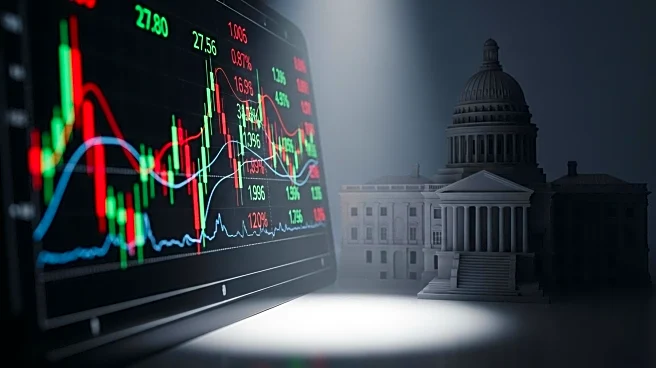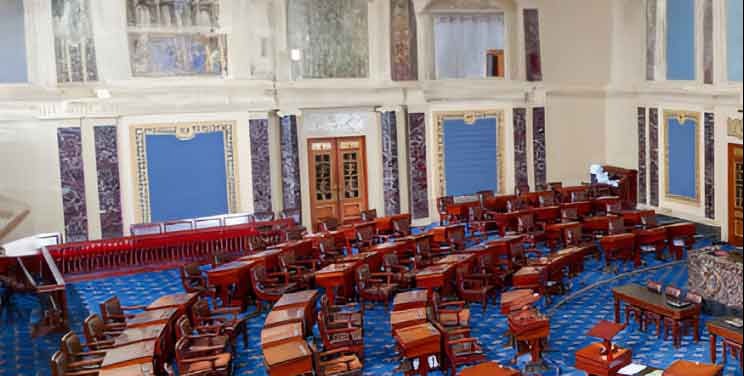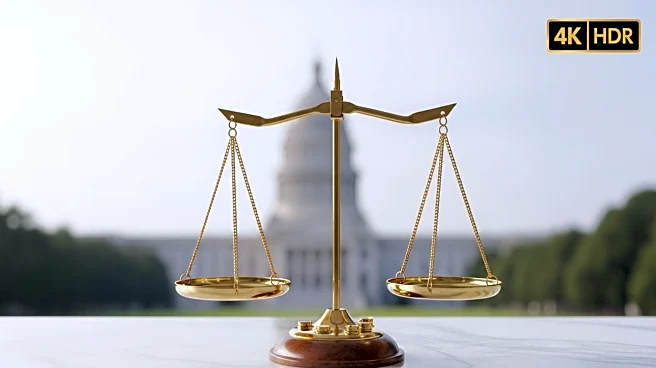What is the story about?
What's Happening?
U.S. Treasury yields increased on Friday as the government shutdown entered its third day, causing investors to assess the potential economic impact. The 10-year Treasury yield rose over two basis points to 4.119%, while the 2-year yield increased to 3.574%, and the 30-year bond yield climbed to 4.711%. This rise in yields occurred despite weaker-than-expected U.S. services data, with the Services PMI for September reported at 50.0%, below the forecasted 52%. The shutdown began after Democrats and Republicans failed to agree on a temporary federal funding bill, with Democrats insisting on including health-care tax credit extensions, while President Trump and Republicans suggested separate negotiations for these subsidies. Treasury Secretary Scott Bessent warned that the shutdown could negatively affect GDP and economic growth.
Why It's Important?
The rise in Treasury yields during the government shutdown signals investor concerns about the potential economic repercussions. The shutdown has led to an economic data blackout, halting the release of key reports like the September nonfarm payrolls, which could influence the Federal Reserve's upcoming interest rate decision. The lack of data may complicate economic forecasting and policy-making, potentially affecting financial markets and economic stability. The ongoing political stalemate over federal funding highlights the challenges in reaching bipartisan agreements, which could have long-term implications for fiscal policy and governance.
What's Next?
Investors and policymakers are closely monitoring the duration of the government shutdown to assess its impact on the economy. Prediction markets suggest the shutdown could last at least two weeks, prolonging uncertainty. The Federal Reserve may face difficulties in making informed decisions due to the absence of critical economic data. Political leaders may need to negotiate further to resolve the funding impasse, potentially involving compromises on health-care tax credits and other contentious issues. The outcome of these negotiations could influence future fiscal policies and economic strategies.
Beyond the Headlines
The government shutdown underscores the broader issue of political polarization and its impact on governance and economic policy. The inability to reach consensus on federal funding reflects deeper divisions that could affect future legislative processes. The economic consequences of the shutdown, such as potential GDP reduction and growth slowdown, highlight the interconnectedness of political decisions and economic outcomes. This situation may prompt discussions on improving bipartisan cooperation and finding sustainable solutions to prevent similar occurrences in the future.
AI Generated Content
Do you find this article useful?














